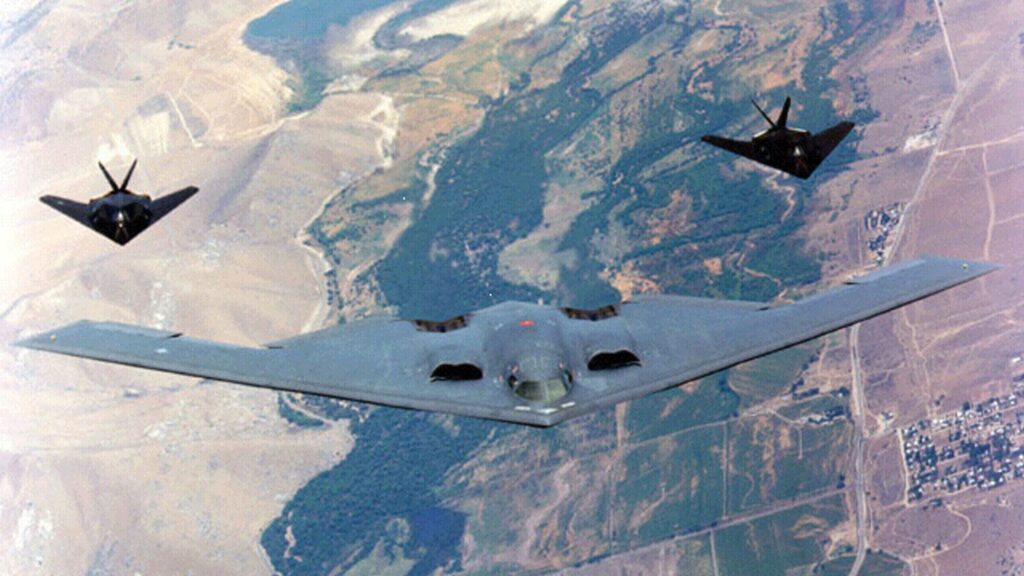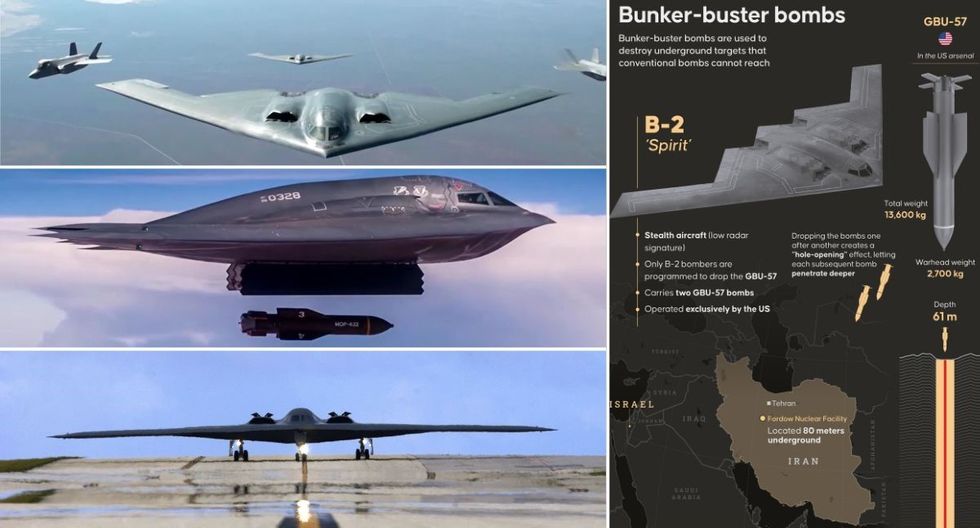On June 21, 2025, the United States conducted a military operation named “Operation Midnight Hammer,” targeting three key Iranian nuclear facilities: Fordow, Natanz, and Isfahan. The strikes were a significant escalation in the ongoing Israel-Iran conflict, marking the U.S.’s direct involvement in the war that began with Israeli airstrikes on June 13, 2025. The operation involved 125 U.S. aircraft, including seven B-2 Spirit stealth bombers, which dropped fourteen 30,000-pound GBU-57 Massive Ordnance Penetrator (MOP) “bunker buster” bombs on Fordow and Natanz, while a U.S. submarine launched over two dozen Tomahawk cruise missiles at Isfahan. The U.S. aimed to disrupt Iran’s nuclear program, which both the U.S. and Israel claimed was advancing toward nuclear weapon production, despite Iran’s insistence that its program was peaceful.

President Donald Trump announced the strikes on Truth Social, claiming the facilities were “completely and totally obliterated,” a sentiment echoed by Defense Secretary Pete Hegseth and Joint Chiefs Chairman General Dan Caine, who described the operation as a “bold and brilliant” success. Satellite imagery confirmed significant damage, with six craters at Fordow, a large crater at Natanz, and extensive destruction of aboveground structures at Isfahan. However, a preliminary U.S. Defense Intelligence Agency (DIA) assessment, labeled “low confidence,” suggested the strikes did not destroy core underground components, such as centrifuges and enriched uranium stockpiles, and estimated Iran’s nuclear program was set back by only a few months. Some reports indicated Iran may have moved enriched uranium to secret locations before the strikes, potentially preserving its nuclear capabilities.
Iranian officials, including Foreign Minister Abbas Araghchi, condemned the strikes as a “grave violation” of international law and the Nuclear Non-Proliferation Treaty, asserting that no irreversible damage was done and no radioactive leaks occurred. Iran evacuated Fordow prior to the attack, possibly mitigating losses. Tehran vowed a “proportionate response,” with speculation of potential retaliation against U.S. bases or a blockade of the Strait of Hormuz. The strikes followed failed diplomatic efforts and were preceded by Israeli attacks that weakened Iran’s air defenses, enabling U.S. bombers to avoid detection.

The operation sparked mixed reactions. Congressional Republicans largely supported the action, while Democrats and some Republicans questioned its constitutionality and risks of escalation. Critics, including Senator Bernie Sanders, called it an “act of war” and warned of a broader conflict. Internationally, some leaders supported the strikes as a check on Iran’s nuclear ambitions, while others condemned them as destabilizing. The International Atomic Energy Agency (IAEA) noted significant damage was likely due to the bombs’ impact on vibration-sensitive centrifuges but could not confirm the extent of underground destruction. As of July 12, 2025, no further U.S. strikes have occurred, and a ceasefire between Israel and Iran was announced on June 24, though tensions remain high.
The long-term impact on Iran’s nuclear program remains uncertain, with experts suggesting that while the strikes caused severe damage, Iran’s residual uranium and covert facilities could allow it to resume enrichment if diplomatic efforts fail.


